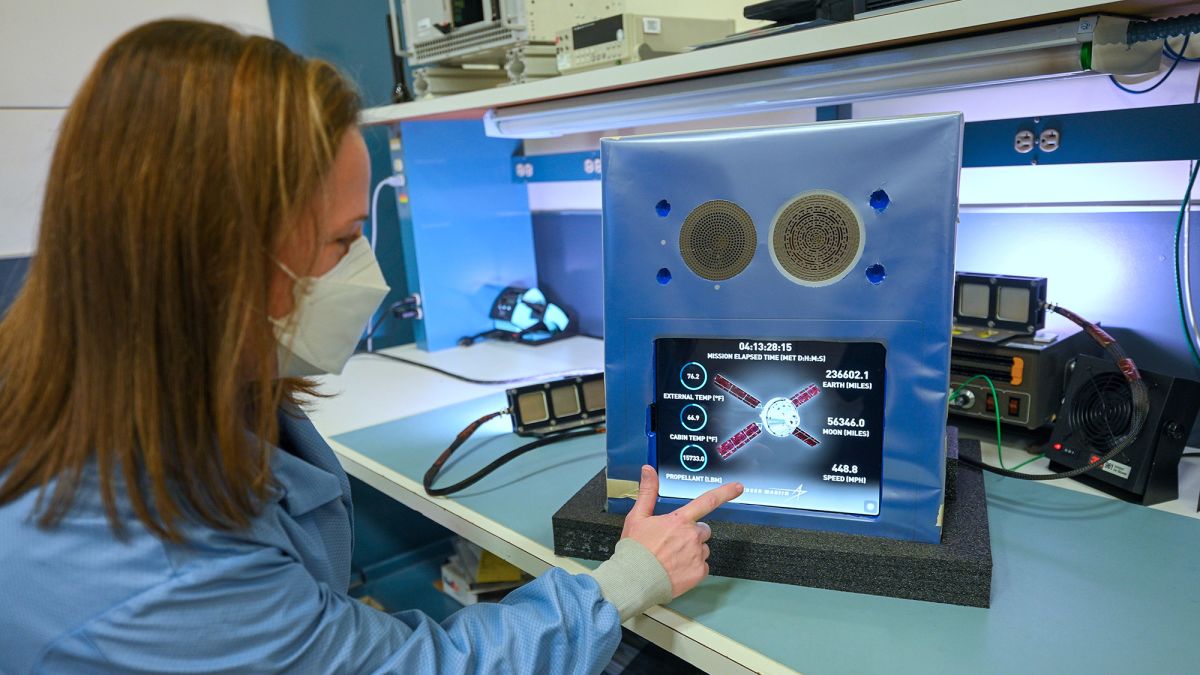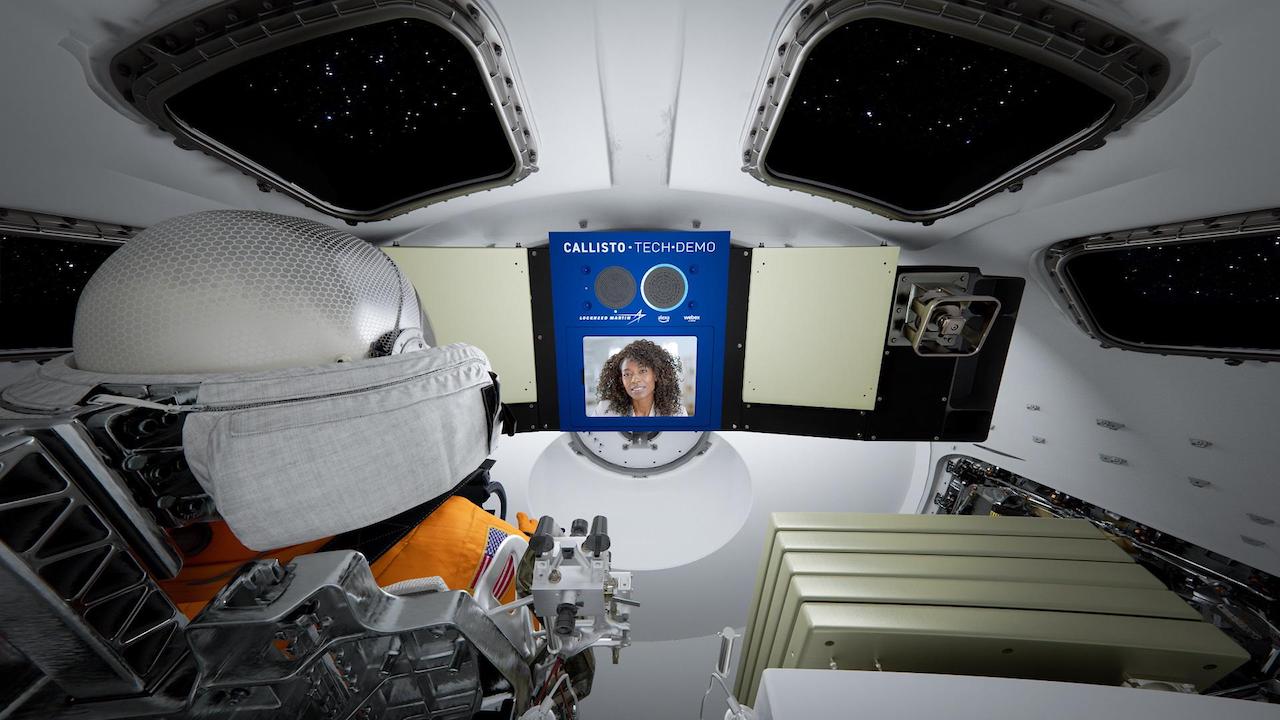If this article were a joke, it would start like this: there was a voice assistant, a video conferencing tool, and NASA. It’s funny, we know. But that’s not a joke. Amazon Alexa e Cisco Webex they will be (literally) launched into space to be able to understand if these instruments could be useful to future astronauts on missions to the Moon and Mars. The flight, identified with the name “Artemis I”, will be the first in the series of NASA’s Artemis program, which aims to send the first woman and the first black person to the moon. Let’s find out more about it then.
Amazon Alexa and Cisco Webex ready to be launched into space
Provisionally set for March, Artemis I will be the maiden flight of NASA’s next-generation rocket, lo Space Launch System (SLS), developed by Boeing over the past decade. The SLS is designed to launch people and goods into deep space, with passengers aboard the vehicle positioning themselves inside a capsule called Orion, developed by Lockheed Martin. For Artemis I, SLS will launch Orion around the moon in a week-long flight, and it will be the first time the two will travel together. As this is a test, in this case a dummy will fill the capsule. But, as anticipated, this fake passenger will have travel companions.
Martin, in fact, has collaborated with Amazon and Cisco to mount a “human-machine interface” in the exact point where the Orion control panel will then be located. A sort of box, called “Callisto” – like Artemis’s companion in Greek mythology -. Inside will be housed a dispositivo Amazon Alexa and an iPad on which it will run Cisco Webex. During the Artemis I mission, the two instruments will be tested to understand if an interface of this type can really be useful to astronauts. “We … envision a future where astronauts could turn to an onboard artificial intelligence for information and assistance and ultimately for company.” So he declared Aaron Rubenson, vice president of Amazon’s Alexa Everywhere.

But how will the devices be tested? While Orion is in space, “virtual crew members” at NASA’s mission control center in Houston will handle the tests. From Earth, a person will give a voice command to Amazon Alexa, which will be played on a speaker inside Orion. The demands will be on the speed at which Orion moves through space or the time it takes for the capsule to perform its next thruster combustion. Questions that the voice assistant is able to answer perfectly, being designed to extract data from Orion in real time. But that is not all. Virtual crew members will also ask Aleza to change the lighting inside Orion.
And to verify that everything really works, Lockheed Martin has mounted a virtual reality camera in the cockpit of the capsule. This way, he can use it to record the demonstration and make sure the interface works during the mission. As for the operation of Cisco Webex, virtual crew members will appear on the iPad display within Orion. And from there will hold a 720P video conference with Amazon Alexa during the flight. In both tests, the problem could be represented by the poor network connection. But needless to say that there are already multiple solutions. On the other hand, Callisto’s is a pure demonstration of the power of technology. There are, in fact, no future plans to fly the box with Orion. But, as we know, the future holds great surprises. In space, and not.















Leave a Reply
View Comments